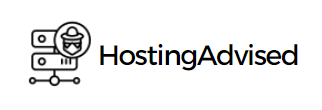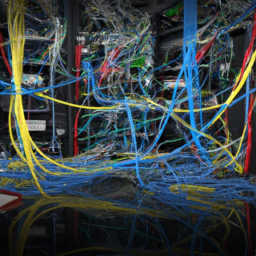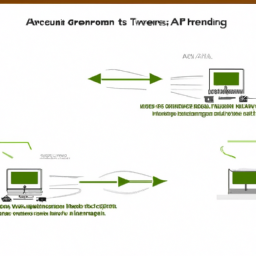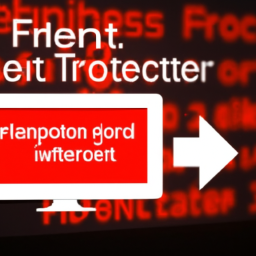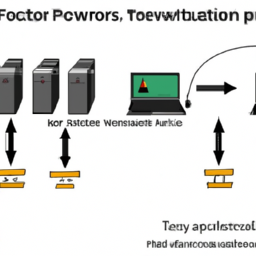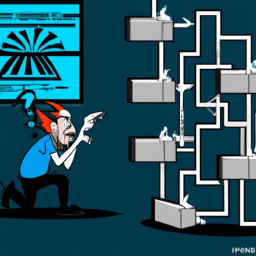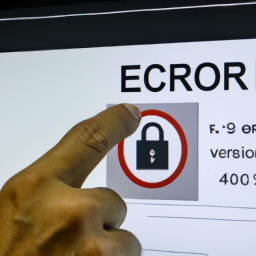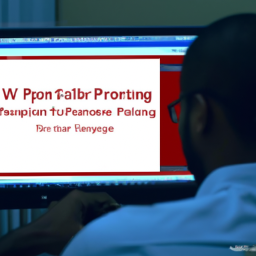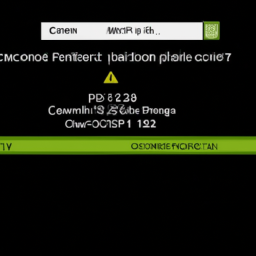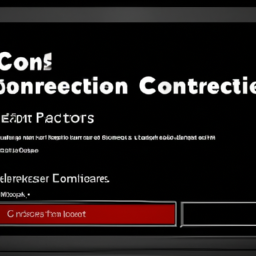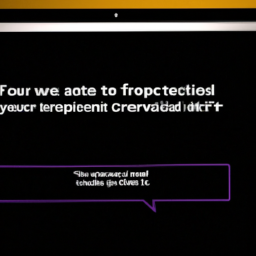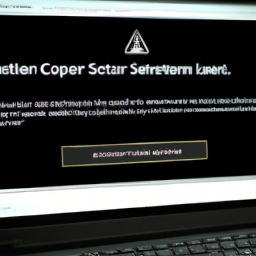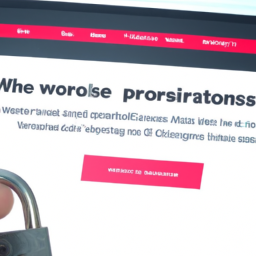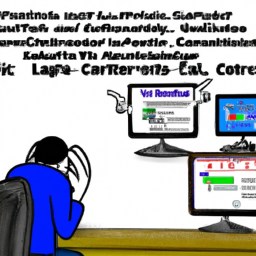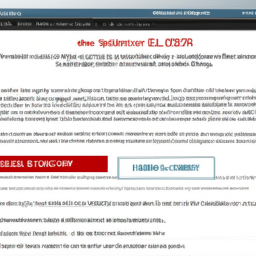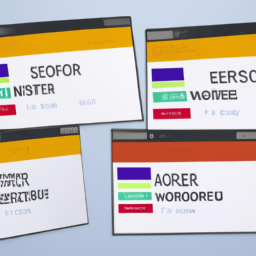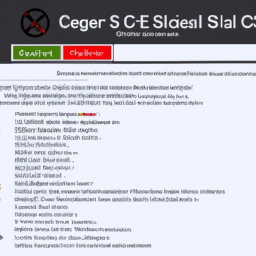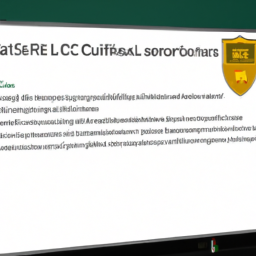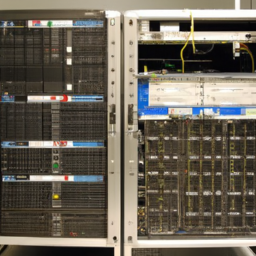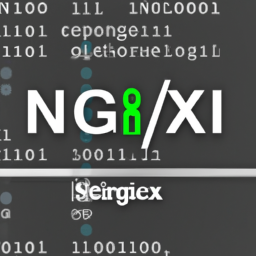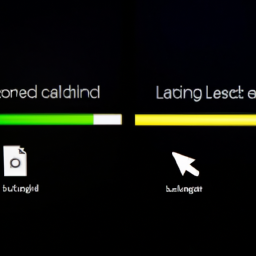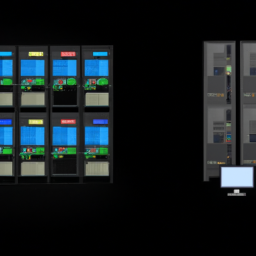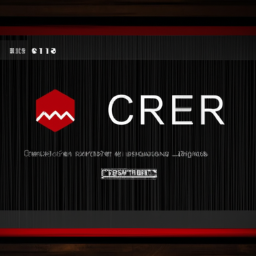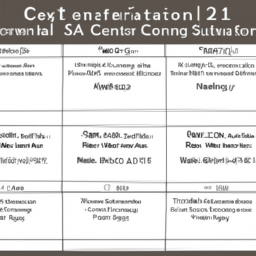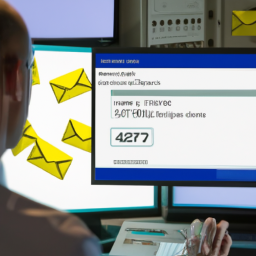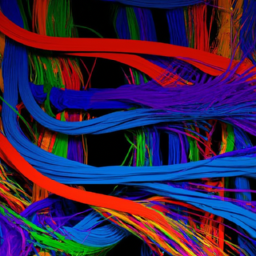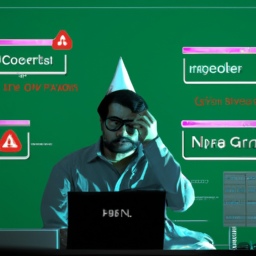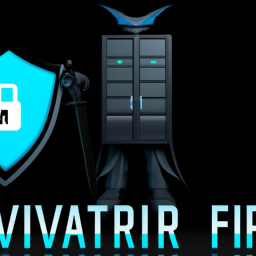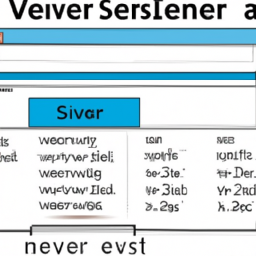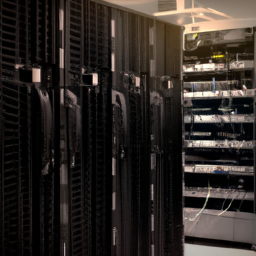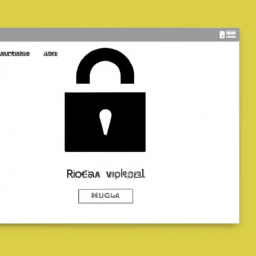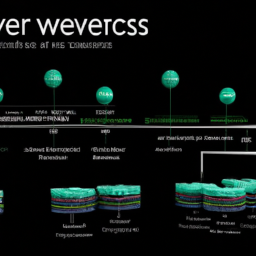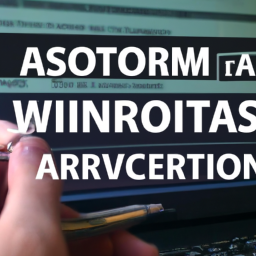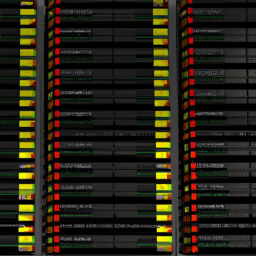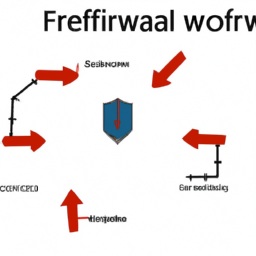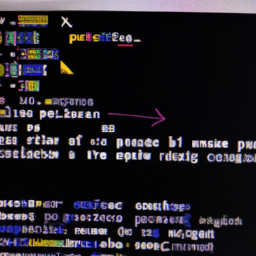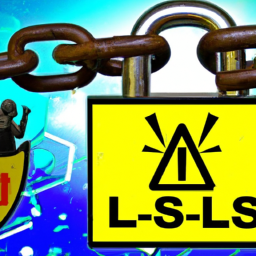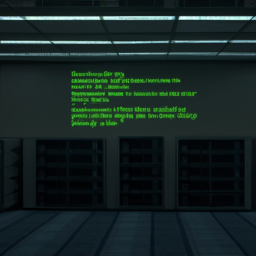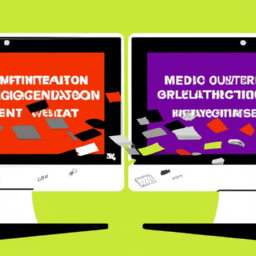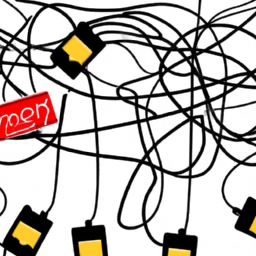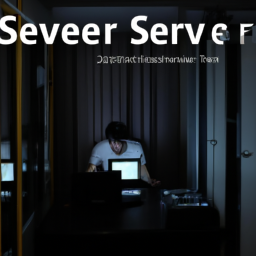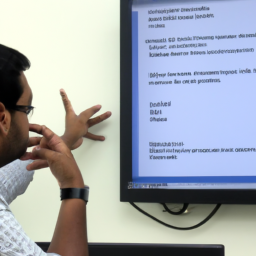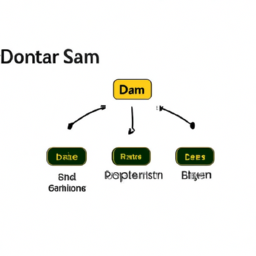Did you know that 90% of computer users encounter FTP connection issues on different operating systems? Whether you’re using Windows, macOS, or Linux, these problems can be frustrating and time-consuming to resolve. But don’t worry, we’ve got you covered.
In this article, we will provide you with fixes and workarounds for common FTP connection problems on various operating systems.
First, we will address FTP connection issues on Windows. We will walk you through troubleshooting steps to help you identify and resolve the problem.
Next, we will discuss how to fix FTP connection problems on macOS, providing you with step-by-step instructions to get your connection up and running smoothly.
For Linux users, we haven’t forgotten about you. We will delve into resolving FTP connection problems specific to Linux, offering solutions tailored to your operating system.
Finally, we will provide workarounds for FTP connection issues that are applicable to different operating systems. These tips and tricks will help you overcome any remaining obstacles you may encounter.
So, if you’re tired of struggling with FTP connection problems, keep reading for the ultimate guide to fixes and workarounds on different operating systems.
Key Takeaways
- FTP connection issues are common on Windows, macOS, and Linux operating systems.
- Troubleshooting steps and fixes are available for resolving FTP connection problems on each operating system.
- Optimizing FTP settings and adjusting firewall settings can help troubleshoot FTP connection issues.
- Using SFTP instead of FTP provides a more secure connection option.
Common FTP Connection Issues on Various Operating Systems
Common FTP connection issues can arise on various operating systems, but there are fixes and workarounds available to overcome them. When it comes to troubleshooting FTP connection problems on mobile devices, there are a few common issues that can occur.
These include incorrect login credentials, firewall settings blocking the FTP connection, or a weak signal causing intermittent connectivity. To resolve these issues, double-check the login credentials, disable any firewalls that may be blocking the connection, and ensure a strong and stable internet connection.
Additionally, optimizing FTP settings for better performance can also help. This can involve adjusting the transfer mode, enabling passive FTP, or increasing the timeout settings. By following these steps, you can troubleshoot FTP connection problems on mobile devices.
Now, let’s move on to troubleshooting FTP connection problems on Windows.
Troubleshooting FTP Connection Problems on Windows
To troubleshoot FTP connection problems on Windows, have you tried adjusting your firewall settings? Sometimes, the firewall can block the FTP connection, preventing you from accessing the server.
Check your firewall settings and make sure that they allow FTP connections.
Additionally, antivirus software can also interfere with FTP connections. Disable your antivirus temporarily and see if that resolves the problem.
Another common issue is when Windows uses passive mode for FTP connections by default. This can cause problems, especially if the server you are trying to connect to doesn’t support passive mode. To disable passive mode, you can go to the Internet Options in the Control Panel and uncheck the "Use passive FTP" option.
By checking your antivirus software and disabling passive mode, you can troubleshoot FTP connection problems on Windows.
Now let’s move on to fixing FTP connection issues on macOS.
Fixing FTP Connection Issues on macOS
To fix FTP connection issues on macOS, you should start by checking your network settings and firewall. Make sure that your network connection is stable and that there aren’t any restrictions or blocks on FTP traffic.
Additionally, you can use terminal commands to troubleshoot FTP problems. For example, you can ping the FTP server or check the FTP port status.
Lastly, it’s important to keep your FTP client software up to date. This ensures compatibility and access to the latest features and bug fixes.
Check Network Settings and Firewall
If you’re experiencing FTP connection issues, one thing you can try is checking your network settings and firewall.
Start by checking your router configuration to ensure that the necessary ports for FTP are open. You may need to consult your router’s manual or contact your internet service provider for assistance with this step.
Additionally, verify that your FTP server settings are correct. Make sure that the server address, username, and password are all entered correctly.
If everything appears to be set up correctly, you should also check your firewall settings. Ensure that your firewall is not blocking FTP connections. Adjust the settings if necessary to allow FTP traffic.
By checking your network settings and firewall, you can resolve common issues that may be preventing a successful FTP connection.
Now, let’s move on to the next section where we will discuss using terminal commands to troubleshoot FTP.
Use Terminal Commands to Troubleshoot FTP
Explore the power of terminal commands to troubleshoot FTP and get your connection back up and running smoothly.
Terminal commands can be used to troubleshoot FTP connection issues on mobile devices as well as desktop computers. By using commands such as ‘ping’ and ‘traceroute’, you can check the network connectivity and identify any potential issues along the route.
Additionally, you can use commands like ‘telnet’ to test the FTP server connection and ensure it’s functioning properly.
It’s important to note that when using terminal commands, you should also consider security measures for FTP connections. This includes using secure FTP protocols such as SFTP or FTPS, as well as enabling firewalls and implementing strong passwords.
With these terminal commands and security measures in place, you can effectively troubleshoot FTP connection issues on various operating systems.
To further enhance your FTP experience, it’s recommended to update your FTP client software regularly for improved performance and compatibility.
Update FTP Client Software
To continue troubleshooting FTP connection issues, let’s focus on updating your FTP client software. This step is crucial as outdated software can often lead to connection errors. By updating your FTP client, you ensure that you have the latest bug fixes and improvements, which can help resolve any lingering issues.
To help you visualize the importance of updating your software, here is a table highlighting the benefits of updating FTP client software:
| Benefits of Updating FTP Client Software | ||
|---|---|---|
| Enhanced security features | Improved stability | Better compatibility with modern FTP servers |
Updating your FTP client software can go a long way in troubleshooting FTP connection errors. Once you have successfully updated your software, you can move on to resolving FTP connection problems on Linux.
Resolving FTP Connection Problems on Linux
One possible solution for resolving FTP connection problems on Linux is to double-check the firewall settings to ensure that they’re not blocking the FTP ports. As the saying goes, "better safe than sorry."
To troubleshoot FTP connection issues on Linux, start by examining your firewall configuration. Make sure that your firewall isn’t blocking the FTP ports, such as port 21 for FTP control and port 20 for FTP data transfer. You can use the iptables command to check and modify your firewall rules if necessary.
Additionally, check if the FTP server is running properly and if the necessary services are enabled.
If these steps don’t resolve the issue, consider trying other workarounds for FTP connection issues on different operating systems, such as using a different FTP client or configuring passive mode.
Workarounds for FTP Connection Issues on Different Operating Systems
If you’re experiencing FTP connection issues on different operating systems, there are several workarounds that you can try.
First, consider using SFTP instead of FTP as it provides a more secure connection.
Additionally, try using a different FTP client as the one you’re currently using may have compatibility issues.
If the problem persists, it’s recommended to contact your Internet Service Provider for further support and assistance.
Use SFTP Instead of FTP
Consider using SFTP instead of FTP for a more secure and seamless file transfer experience. SFTP, or Secure File Transfer Protocol, offers several advantages over FTP. Firstly, it encrypts data during transmission, ensuring that sensitive information remains confidential. Secondly, it utilizes SSH (Secure Shell) for authentication, adding an extra layer of security. To securely transfer files using SFTP, you need to generate SSH keys, establish a connection to the remote server using an SFTP client, and then upload or download files as needed.
Below is a table highlighting the key differences between SFTP and FTP:
| SFTP | FTP |
|---|---|
| Encrypted data transmission | No encryption |
| Secure authentication using SSH | Plain text authentication |
| Port 22 | Port 21 |
| File and directory listing support | No directory listing support |
| Remote file management capabilities | Limited file management capabilities |
Now that you understand the advantages of using SFTP, let’s explore another workaround to FTP connection issues: trying a different FTP client.
Try Using a Different FTP Client
Using a new FTP client is like trying out a different brand of running shoes – it might just give you the extra support and comfort you need for a smoother file transfer experience. Here are a few alternative FTP clients for different operating systems that you can consider:
-
FileZilla: This popular FTP client offers a user-friendly interface and supports multiple platforms, including Windows, macOS, and Linux.
-
Cyberduck: Available for macOS and Windows, Cyberduck is known for its simplicity and seamless integration with cloud storage services.
-
WinSCP: Primarily for Windows, WinSCP provides a powerful and secure file transfer solution with advanced features like scripting and synchronization.
Comparing the performance of different FTP clients on various operating systems can help you find the one that suits your needs best. Now, let’s move on to the next section and discuss how to contact your internet service provider for support.
Contact Your Internet Service Provider for Support
Don’t hesitate to reach out to your internet service provider for support when you’re facing frustrating obstacles with your file transfers. They have the expertise to troubleshoot FTP connection errors and optimize FTP performance. They can help you identify any issues with your internet connection or router settings that may be causing the problem. Additionally, they can provide guidance on configuring your firewall or antivirus software to ensure it’s not blocking the FTP connection. To grab their attention, here’s a helpful table:
| Common FTP Connection Issues | Possible Solutions |
|---|---|
| Slow transfer speeds | Check internet speed, optimize router settings |
| Connection timeouts | Adjust timeout settings, check firewall |
| Failed login attempts | Verify login credentials, reset password |
| Passive mode issues | Enable passive mode, configure firewall |
Contacting your internet service provider is a smart move when dealing with FTP connection issues. They can offer valuable assistance to get your file transfers back on track.
Frequently Asked Questions
What are the common reasons for FTP connection issues on different operating systems?
Common causes of FTP connection issues on different operating systems can include network connectivity problems, incorrect FTP server settings, firewall or antivirus software blocking the FTP connection, and incorrect login credentials.
To troubleshoot and resolve these issues, you can try checking the network connection, verifying the FTP server settings, disabling any firewall or antivirus software temporarily, and ensuring that the login credentials are correct.
These steps should help in resolving FTP connection problems on various platforms.
How can I resolve FTP connection problems on Windows?
To troubleshoot FTP connection problems on Windows, you can follow these steps.
First, make sure your firewall or antivirus software isn’t blocking the FTP connection.
Next, check if the FTP server is running and accessible.
Verify that you’re using the correct username and password.
If the connection still isn’t working, try using passive mode instead of active mode.
Lastly, update your FTP client software to the latest version to fix any compatibility issues.
Are there any specific fixes for FTP connection issues on macOS?
To troubleshoot FTP connection issues on macOS, there are a few specific fixes you can try.
First, check your firewall settings to ensure FTP connections are allowed.
Additionally, verify that the correct FTP server address and port number are being used.
If the issue persists, try using a different FTP client or updating your current one.
Lastly, ensure that your macOS is updated to the latest version, as this can sometimes resolve compatibility issues.
What steps should I take to troubleshoot FTP connection problems on Linux?
To troubleshoot FTP connection problems on Linux, start by checking your network connection and ensuring that the FTP server is running.
Next, verify that your FTP client is properly configured and that you have the correct login credentials.
If the issue persists, try connecting to the FTP server using a different FTP client.
You can also check the FTP server logs for any error messages that might provide insight into the problem.
Are there any workarounds or alternative solutions for FTP connection issues on different operating systems?
There are indeed workarounds and alternative solutions available for FTP connection issues on different operating systems. Some options include using a different FTP client, such as FileZilla or Cyberduck, which may have better compatibility.
Additionally, you can try using a different protocol like SFTP or FTPS, which provide more secure connections.
Another workaround is to use a web-based FTP client if the traditional client is not working.
Conclusion
In conclusion, no matter which operating system you’re using, FTP connection issues can be frustrating. However, with the right troubleshooting steps and workarounds, you can overcome these problems.
Whether you’re a Windows user, a macOS enthusiast, or a Linux aficionado, there are solutions available to resolve your FTP connection problems. By following the fixes outlined in this article, you can ensure a smooth and seamless FTP experience, allowing you to transfer files effortlessly, like a skilled tightrope walker crossing a vast canyon.
